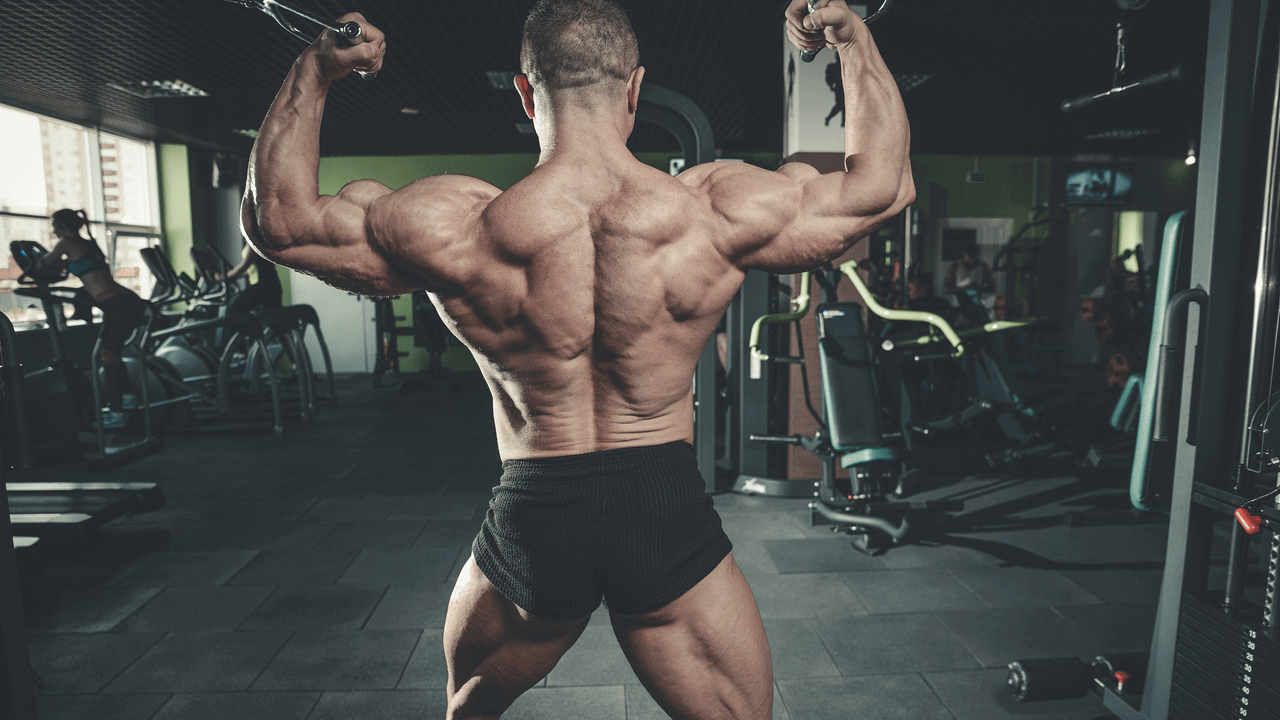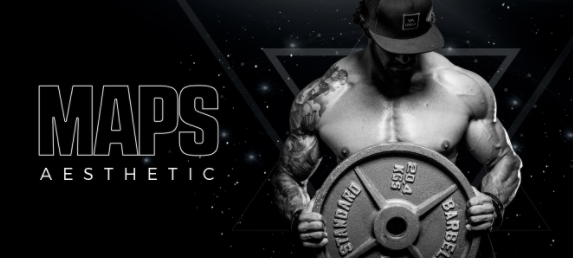There are certain “looks” that judges want to see. Usually it’s a V taper (broad shoulders, narrow waist), big legs (bodybuilding), and varying levels of leanness/fullness depending on the category.
Having said that, there is no single important muscle group when you step on stage, so please stop benching 24/7. Judges want fullness, symmetry, and conditioning.
Fullness
Above all else, you need well developed, 3-D dense muscle. That comes with putting on size overall.
The best way to do that, for a natural lifter, is spending your offseason cycling through different phases of muscle growth.
● Strength phase - lower reps, higher intensity - build max strength and power for dense muscle and CNS adaptation
● Hypertrophy phase - moderate volume and intensity - Bigger pumps, better blood flow which allows myofibril hypertrophy to increase the size of the muscle cells themselves due to increased volume
● Endurance (or Sharpen) phase - accelerates fat loss, provides more balance and aesthetics using supersets and higher volume. Stretches muscle fascia causing sarcoplasmic hypertrophy (supporting fluids/energy sources within muscle)
Spending time in ALL phases builds muscle the best, focusing on different aspects of muscle growth. All three complement each other and mitigate plateaus. Normally, we stick with what our body responds best to, and stay there (gonna have to stop training chest on Mondays). That only emphasizes the need for the other phases.
Take Away - Use 3-4 week cycles in each phase (strength, hypertrophy, endurance) matching rest periods and exercises to each phase.
Symmetry
We actually do better hitting the same muscle groups 2-3x a week. Why? Muscle protein synthesis. Similar to protein dosing your meals, there is a cap to how much stimulation a muscle can receive in a session. Adding more frequency allows repeated elevations in MPS, and time spent in a positive net protein balance. It’s also been proposed that high frequency induced greater mass gains than a body-part split even when volume was matched. This was likely due to more frequent breakdown of muscle tissue and subsequent protein synthesis.
Hitting it with enough volume to stimulate, but not overtrain that muscle, your recovery time is quicker thus allowing you to train it more frequently throughout the week.
“You mean I can hit my chest and biceps all the time? Whoa, bro!”
One thing you can do is trigger sessions which allow blood flow in the muscle without the stress of extra volume.
Lagging Body Parts
You’re going to have lagging muscle groups. Make sure you spend more time bringing those up. Judges don’t want someone with 20-inch legs and a 55 inch chest. Focus sessions are an excellent tool for this.
“Aww bro, so I can’t just hit chest all the time. Not cool my dude.”
Take Away: Hitting muscle groups 2-3x a week. For lagging bodyparts, try adding trigger or focus sessions. This is a lower/moderate intensity session. 2-3x a week on non-foundational days. 2-3 sets sets of 1-2 exercises focusing on only 1-2 lagging parts each cycle.
Conditioning
Coming in with excellent condition comes down to
● Diet! - giving yourself enough prep time to cut down to the necessary body fat for your category. Be brutally honest with yourself. You either have the size or you don’t. You either got lean enough or you didn’t. Don’t kid yourself into thinking you “messed up peak week”. Sorry “bro”, you didn't’ get lean enough.
● One week out - if you DID get lean enough then this NEEDS to be dialed in. Physiques have been won and lost because someone came in too flat or too soft.
Following these tips doesn’t guarantee you first place, but they are the biggest steps towards bringing a well-rounded package on stage. Try them out and let us know what you think.






